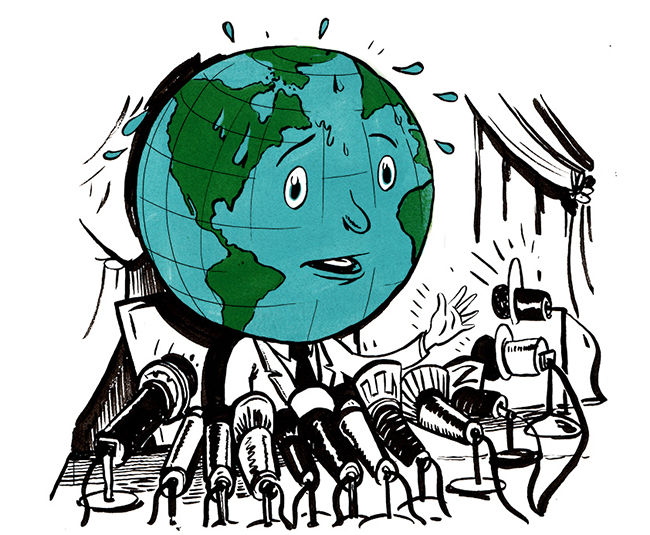ZEITGUIDE TO REFUGEES

If you were anywhere near an international airport last weekend, you probably saw some of the massive protests against President Trump’s executive order tosuspend travel from seven predominantly Muslim countries and bar refugees from entering the United States.
The nation is deeply divided over the order, which purports to “ensure that we are not admitting into our country the very threats our soldiers are fighting overseas.” Polls show 49% of Americans support it, and 41% disagree with it.
All refugees—people who have fled their country because of persecution or war—are barred from coming to the United States for the next four months under the executive order. Syrian refugees are banned indefinitely. The UN High Commission on Refugees says even the temporary order will affect an estimated 20,000 people who would have been resettled in the United States during those 120 days.
The U.S. admitted 84,995 refugees in the fiscal year ending Sept. 30, the most in any year during the Obama administration. An additional 31,143 refugees were admitted Oct. 1-Jan. 24. But they weren’t all coming from Syria, or even the Muslim world. The highest number of refugees from any nation came from the Democratic Republic of Congo (16,370), followed by Syria (12,587),Burma (12,347), Iraq (9,880) and Somalia (9,020). Over the past decade, the greatest numbers of refugees have come from Burma (159,692) and Iraq (135,643), according to the Pew Research Center.
Trump’s position is that we need more “extreme vetting.” Here’s what the process looks like now: The U.N. first screens out refugees with criminal histories and decides if their situation warrants permanent resettlement. Those referred to the U.S. get another round of screening that includes five background checks, four fingerprint scans and biometric checks, three in-person interviews and two inter-agency checks. Once approved to enter the U.S., they then receive one more screening and then one security check at the U.S. airport. This lengthy process involves eight federal agencies and takes, on average, 18 to 24 months.
The State Department assigns them to nonprofits or volunteer organizations that provide cultural orientation, housing, healthcare, education, food and clothing while they resettle. Finding employment for them isn’t too difficult. In fact, two-thirds of refugee men are employed, compared to 60% of U.S.-born men, and female refugees are employed at the same rate as American women. Their net economic contribution is positive.
They pose negligible danger: the Cato Institute points out that “only three Americans have been killed in attacks committed by refugees—all in the 1970s,” and calculates the risk of an American being killed in a terrorist attack by a refugee in a given year is one in 3.6 billion.
The resettled maintain their refugee status for 12 months, after which they become Legal Permanent Residents, a.k.a. green card holders. After five years, they can choose to apply for citizenship.
While Trump’s travel ban and refugee policy is, for the moment, temporary, the debate shows no sign of cooling off. Christian, Jewish and Mormon religious leaders have all spoken out against the executive order. Google, Facebook and Apple executives plan to draft a joint letter opposing it; Starbucks CEO Howard Schultz pledged to hire 10,000 refugees in stores worldwide, which led supporters of the ban to launch a #BoycottStarbucks social media campaign.
Hashtags and protests aside, federal judges in Brooklyn and Los Angeles already have ruled against the order’s more sweeping travel restrictions. Civil rights groups, NGOs, businesses and several states all filed lawsuits this week. The issue likely will be decided in the courts, not at the airports.
